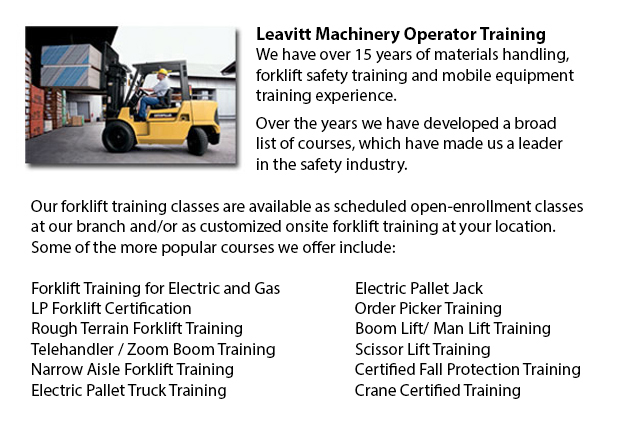
Aerial lifts can be utilized to accomplish numerous distinctive tasks done in hard to reach aerial spaces. A few of the duties associated with this style of lift include performing daily maintenance on structures with prominent ceilings, repairing phone and power lines, raising heavy shelving units, and trimming tree branches. A ladder might also be used for many of the aforementioned projects, although aerial lifts provide more security and stability when correctly used.
There are many designs of aerial lifts available on the market depending on what the task required involves. Painters often use scissor aerial lifts for instance, which are grouped as mobile scaffolding, handy in painting trim and reaching the 2nd story and above on buildings. The scissor aerial platform lifts use criss-cross braces to stretch out and extend upwards. There is a platform attached to the top of the braces that rises simultaneously as the criss-cross braces elevate.
Cherry pickers and bucket trucks are a further type of the aerial hoist. Commonly, they contain a bucket at the end of an extended arm and as the arm unfolds, the attached bucket platform rises. Forklifts use a pronged arm that rises upwards as the handle is moved. Boom lifts have a hydraulic arm which extends outward and elevates the platform. All of these aerial platform lifts require special training to operate.
Training programs presented through Occupational Safety & Health Association, acknowledged also as OSHA, deal with safety strategies, machine operation, maintenance and inspection and machine cargo capacities. Successful completion of these training programs earns a special certified license. Only properly certified individuals who have OSHA operating licenses should operate aerial lifts. The Occupational Safety & Health Organization has developed rules to maintain safety and prevent injury while using aerial hoists. Common sense rules such as not utilizing this machine to give rides and making sure all tires on aerial platform lifts are braced so as to hinder machine tipping are mentioned within the guidelines.
Unfortunately, figures reveal that more than 20 aerial hoist operators pass away each year when operating and almost ten percent of those are commercial painters. The majority of these mishaps were brought on by inadequate tie bracing, hence many of these could have been prevented. Operators should make certain that all wheels are locked and braces as a critical security precaution to prevent the instrument from toppling over.
Marking the surrounding area with visible markers need to be utilized to protect would-be passers-by so that they do not come near the lift. Furthermore, markings must be set at about 10 feet of clearance amid any utility cables and the aerial lift. Hoist operators must at all times be properly harnessed to the hoist while up in the air.
-
Toyota Forklift
In the U.S., Toyota Materials Handling inc., or TMHU, continues to be the best selling lift truck provider since 1992. This business has been headquartered out of Irvine, California for well over 40 years, providing a wide-ranging line of quality lif... More -
Scissor Lifts
The scissor lift or platform lift, is a mechanized industrial lift that has been tailored to be used in retail, wholesale, manufacturing and production settings. Industrial scissor lifts have been used mainly within production and manufacturing facil... More -
Komatsu Forklift
Komatsu Forklift U.S.A. Inc. has a very good reputation for building dependable and resilient forklifts. Komatsu is recognized around the globe as a corporation with a prosperous heritage while preserving an outstanding benchmark of innovation and qu... More -
Boom Lifts
Boom lifts are equipment that has a platform that could be lowered or raised to many heights, thus making this piece of equipment an important necessity in a wide variety of professions. Offered in quite a few specific types such as aerial hoists, sc... More -
Crown Forklift
More

Forklift Training Marysville
TOLL FREE: 1-888-254-6157
Marysville, Washington
forklifttrainingmarysville.com
Email Us
About Us


